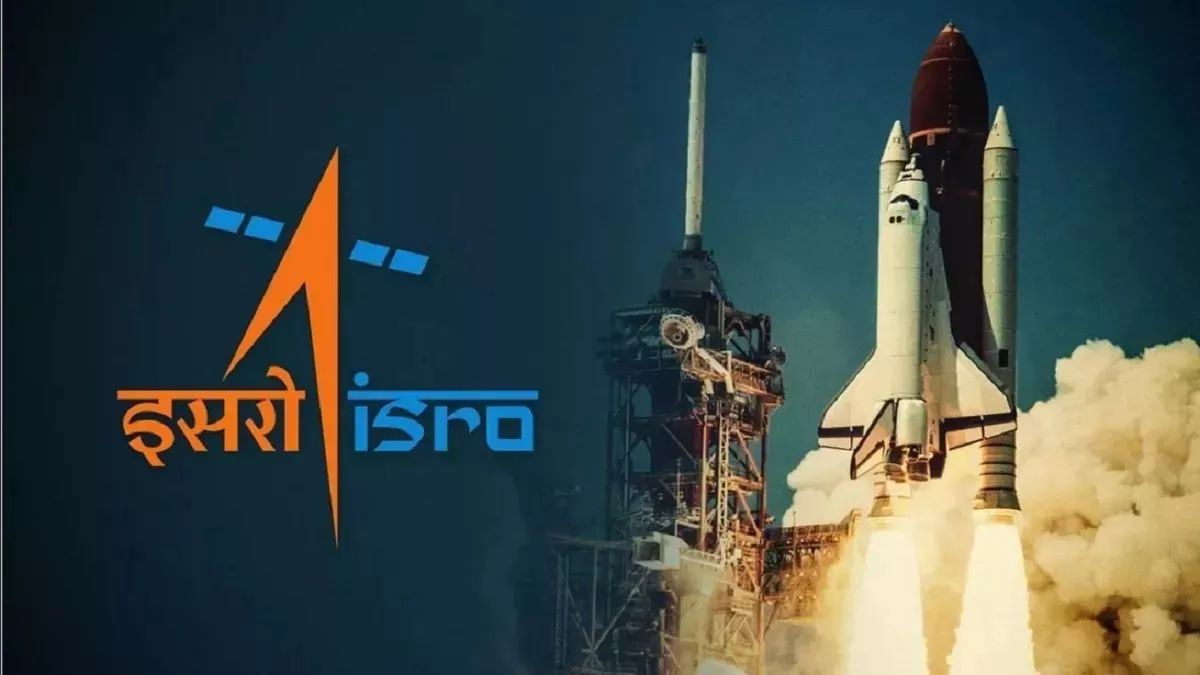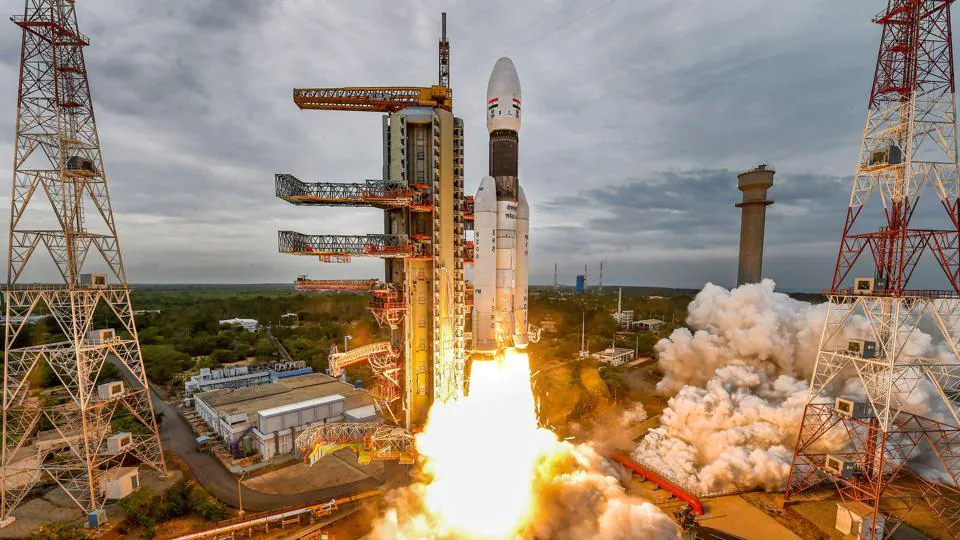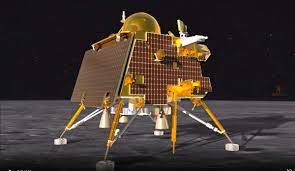
ISRO, The Indian Space Research Organisation is the Indian national space agency. It was founded in 1969 by Dr. Vikram A Sarabhai and from then it has been making significant contributions to the field of space exploration and satellite technology for several years. In 1973, ISRO successfully launched its first satellite, Aryabhata, into space. In 2008, ISRO’s Chandrayaan-1 mission made history by discovering water molecules on the Moon. The organization has also conducted missions to Mars, with the Mars Orbiter Mission (Mangalyaan) in 2013, making India the first country to reach Mars on its first attempt. With successful missions like Chandrayaan-1, Chandrayaan-2 and Mangalayaan, ISRO has firmly established its presence in the global space community.

Chandrayaan – 1
India’s first mission to the moon was Chandrayaan-1. It was launched on Oct. 22, 2008 from the Satish Dhawan Space Center in Sriharikota, India, aboard a Polar Satellite Launch Vehicle rocket. It made it lunar orbit on Nov. 8. Moon Impact Probe was realeased on Nov. 14 that deliberately crashed into the moon later that day. The best finding of Chandrayaan – 1 was evidence of water ice on the moon.

Chandrayaan – 2
Chandrayaan-2 was India’s second mission to the moon. It was also launched from the Satish Dhawan Space Center in Sriharikota, India, but this time using Geosynchronous Satellite Launch Vehicle (GSLV) rocket on July 22, 2019. It reached lunar orbit on Aug. 19, 2019. Chandrayaan-2 released the Vikram moon lander on Sept. 6, but mission officials lost contact with it when it was just 1.3 miles (2.1 km) above the surface. Although the lander was lost, the orbiter continues to work well. Eight different types of instruments are present in the orbitor and it continues to send back high-definition imagery of the lunar surface.

Chandrayaan – 3
Now recently Chandrayaan – 3 and Aditya L1 was launched on 14 July 2023 and 2 September 2023 respectively. Chandrayaan-3 was build to make unsuccessful attempt of landing on moon, successful. Its main objective was to demonstrate robust landing and roving capabilities, aiming to safely land and place a lander and rover in the highlands near the south pole of the Moon. Moreover, Chandrayaan-3 aimed to conduct scientific experiments on the lunar surface, make scientific measurements from orbit, and demonstrate the rover’s driving capabilities on the Moon. The mission also focused on gathering data and observations from the lunar surface and studying the potential resources available, such as water ice, that could be used for oxygen, fuel, and water.

Aditya L1
Aditya L1 was launched using PSLV rocket. The satellite will be placed at a distance of 1.5 million kilometers from earth, in the halo orbit around the L1. It has the major advantage of continuously viewing the Sun without any occultation/ eclipses. Aditya-L1 aims to study the Sun’s corona, solar wind, heating mechanisms, plasma dynamics, and magnetic field variations, helping scientists gain insights into space weather phenomena.

Gaganyaan
With each mission, ISRO is pushing the boundaries of scientific knowledge, technological advancement, and international collaboration. In future, ISRO is planning to send humans to space. The mission will be called Gaganyaan. In collaboration with Russia, ISRO plans to launch a crewed spacecraft that will orbit the Earth with two or three astronauts onboard. This mission will make India the fourth country to send humans to space independently. The Gaganyaan mission is a significant leap for Indian space exploration and will pave the way for further advancements in human spaceflight capabilities.
NISAR Satellite
NASA-ISRO Earth Observation Satellite will be launched in collaboration with NASA. NISAR – NASA-ISRO Synthetic Aperture Radar – will track Epeirogenic movements and ice surfaces in extremely fine detail. It is a Low Earth Orbit observatory which will map the whole Earth in just 12 days. It will provide us with spatial data which will help us understand changes in Earth’s ecosystems, ice mass, vegetation biomass, sea level rise, ground water and natural hazards including earthquakes, tsunamis, volcanoes and landslides etc.
In conclusion, ISRO’s achievements in space research and exploration have showcased India’s capabilities in harnessing space technology for the benefit of the nation and humanity as a whole. These endeavors not only contribute to our understanding of the universe but also inspire and ignite the curiosity of generations to come. Exciting times lie ahead, and we eagerly await the groundbreaking discoveries and accomplishments of ISRO in the years to come.
Read more such blogs only on http://questionmag.com
Bibliography :
https://www.space.com/chandrayaan-3-indian-moon-mission-rover
https://www.jagranjosh.com/general-knowledge/list-of-isros-upcoming-missions-1639470493-1

Leave a comment